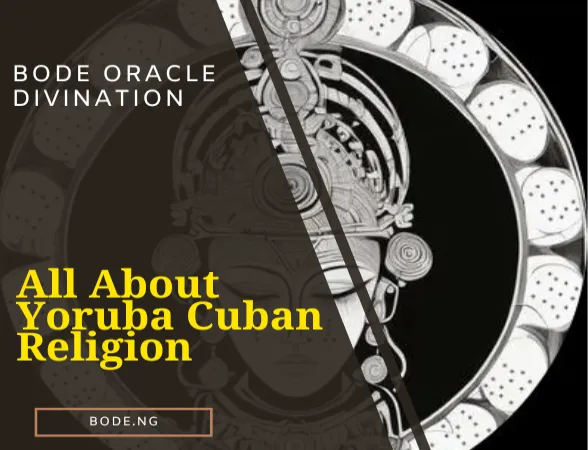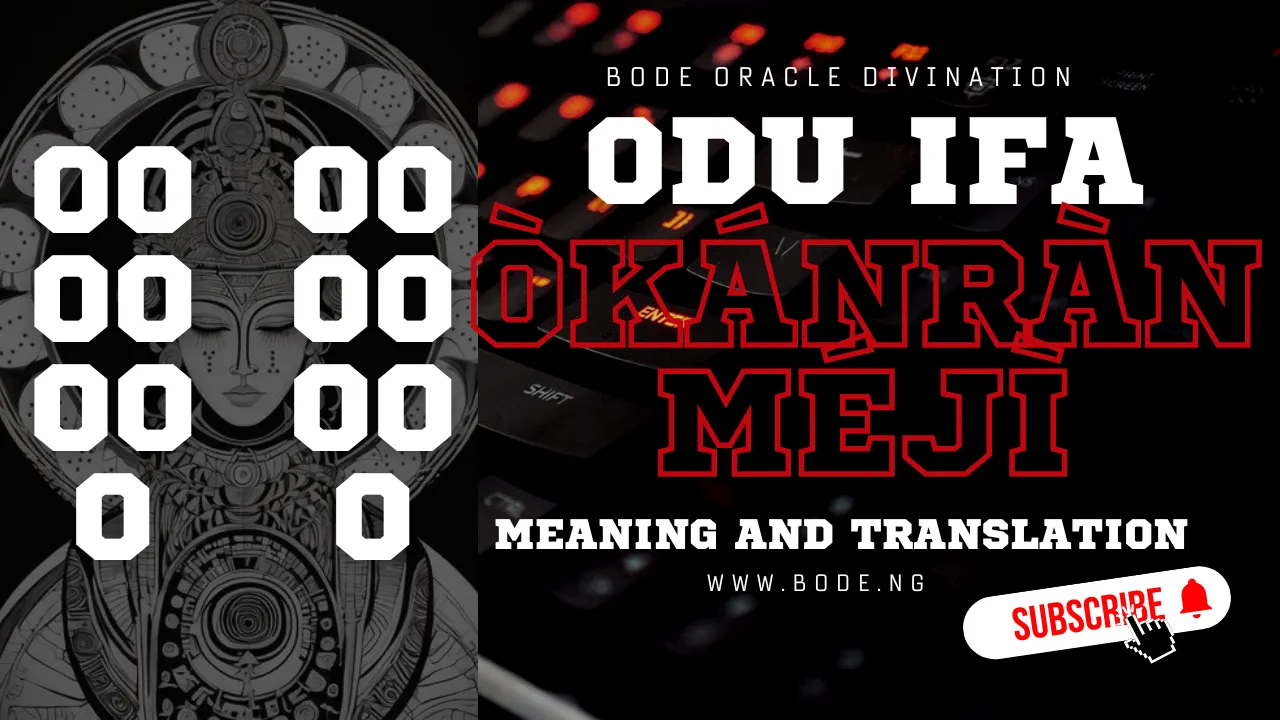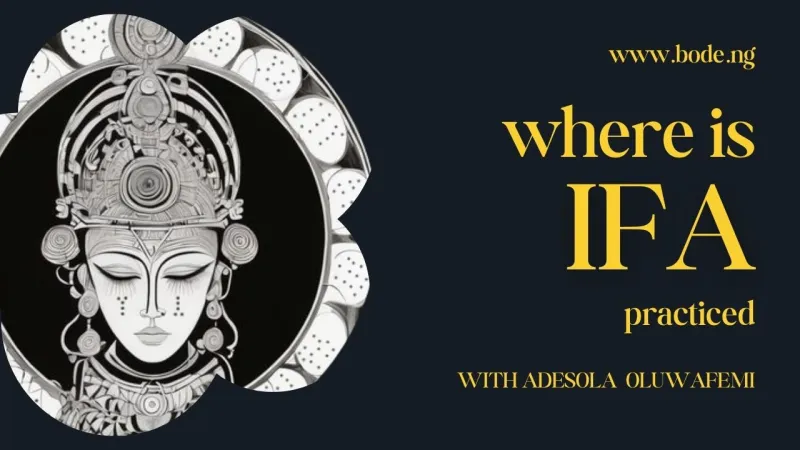The Yoruba, or Lucumí, religion—also known as Santería or Regla de Osha—is the most widespread African-origin religion in Cuba.
The forced transition from Africa to Cuba under the brutal conditions of slavery led to the loss of many aspects of the rich Yoruba civilization.
Nevertheless, through remarkable efforts to protect their most cherished traditions, the Yoruba managed to preserve their language, customs, music, oral literature, moral values, and religion.
This struggle, known as cultural cimarronaje (fugitive slave culture), played a crucial role in strengthening their cultural resilience. Many experts consider Santería, or Regla de Osha, to be a syncretic religion.
During the era of slavery and the pseudo-republic period, its practitioners were forced to conceal their beliefs. Yoruba men and women, along with their descendants, disguised their deities by associating them with Catholic saints who shared similar attributes to the orishas, thus continuing to worship their African gods in secret.
Like many African traditions, Santería faced persecution from authorities. Its ceremonies and celebrations were often held in remote areas, and at times, the police would confiscate drums and other sacred objects.
Despite the rise of the Cuban socialist government and the introduction of an atheistic, Marxist-Leninist education system, many believed that religion, including Santería, would eventually be eradicated.
Despite the challenges, the resilience and determination of Santería practitioners ensured that the religion persisted in Cuba. Today, its practice is widely recognized and visible, with initiates often seen wearing chains and white clothing in the streets of the island.
Santería, or Regla de Osha, has evolved into a complex social and religious cultural system. While its African roots remain undeniable, it has also become deeply intertwined with Cuban culture, making it a unique and integral part of the nation’s identity.
People Also Read
Yoruba Tribal Markings And Cultural Significance
What is The Yoruba Religion?
The Yoruba are an ethnic group of approximately 30 million people, primarily located in southwestern Nigeria, with smaller communities in northern Togo and Benin. Yoruba religion has become one of the most studied African religions, thanks to anthropologists who have closely examined the culture’s art, music, and oral literature.
Yoruba religion is not a single, unified belief system but rather a diverse spectrum of local cults, each centered around specific orishas, or gods. It has never been a generalized religion but rather a collection of distinct communities, each with practices dedicated to particular deities.
However, there are several common threads that unify Yoruba religion across these local groups, with the most prominent being the belief in the personalized presence and existence of the orishas.
The orishas in Yoruba religion represent both natural forces, such as meteorological phenomena like thunder, rain, and wind, as well as natural objects like rivers, mountains, and hills. They are also linked to human activities, including farming, healing, and ironworking.
See More Trending Post
Yoruba Alphabet And Pronunciation
Yoruba Mythology Deities And Orisa
Ifa Yoruba A Global Spiritual Practice
Central to Yoruba belief is the existence of a Supreme Being, Olorun or Olodumare, who is seen as the creator of all existence and actively involved in human affairs through the orishas.
Other common beliefs include reverence for ancestors, faith in the power of medicines, the recognition of material substances as embodiments of spiritual power, and the use of various divinatory practices.
As previously mentioned, Yoruba religion is made up of a wide range of local groups, varying from one community to another. At the core of these beliefs is the Supreme Being, who, according to legend, sent the orishas to populate the Earth.
Many of these orishas are deified ancestors and natural forces, to whom their followers dedicate themselves. For example, Sango, the thunder god, is believed to have been the fourth king of the town of Oyo.
He is described as a powerful figure with a thunderous voice and a mouth that released fire whenever he spoke, which is why fire and lightning are associated with him.
During the nineteenth century, various public cults were dedicated to orishas such as Ogun, the god of iron, politics, and war; the trickster Eshu; Oramfe; Orisa Oko; Ogiyan; and Oke’badan.
READ MORE
Who Is The Most Powerful Yoruba King?
Yoruba Girl Names And Their Meaning
Yoruba Names For Boys And Their Meaning
River deities like Yemoja, Osun (also linked to love, fertility, and sensuality), and Oya (associated with tornadoes) were also venerated. Other prominent deities include Oduduwa, the chief goddess representing the Earth; Aja, the goddess of forests and animals; and Oguri, the god of war and hunting, worshiped by hunters.
In total, there were around 400 orishas, and worshipers could move between different cults based on their needs or preferences. The rituals and practices of the Yoruba people were diverse, involving prayers, songs, poetry, proverbs, and incantations.
These rituals were deeply practical, as followers engaged in chants, praises, music, drumming, and spirit possession. Sacrifices were made to the orishas and other unseen forces to ensure protection and favor.



